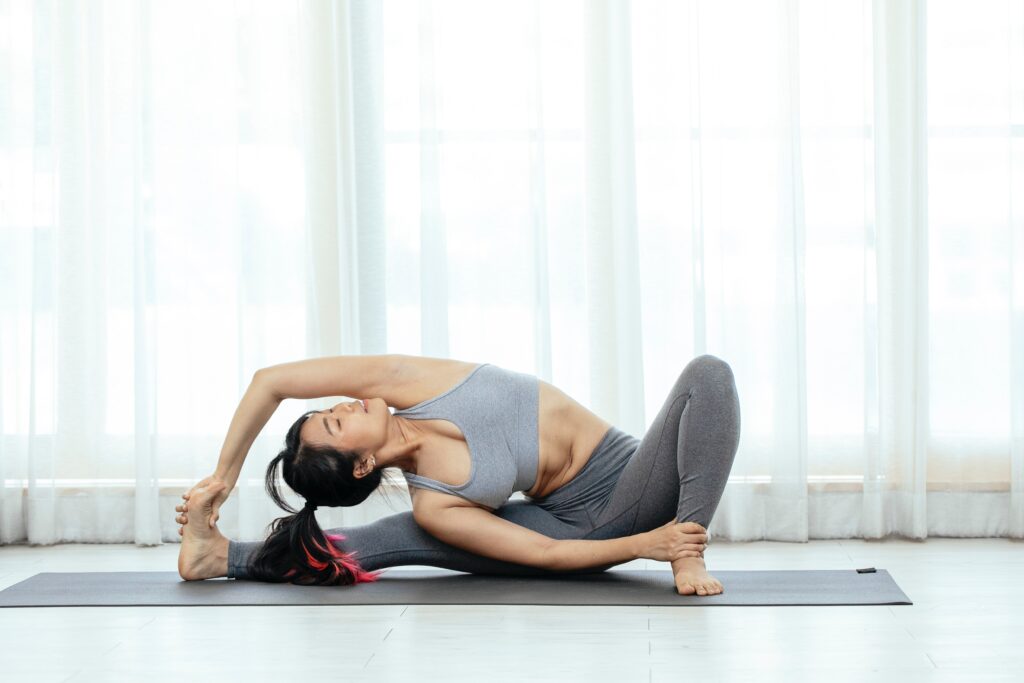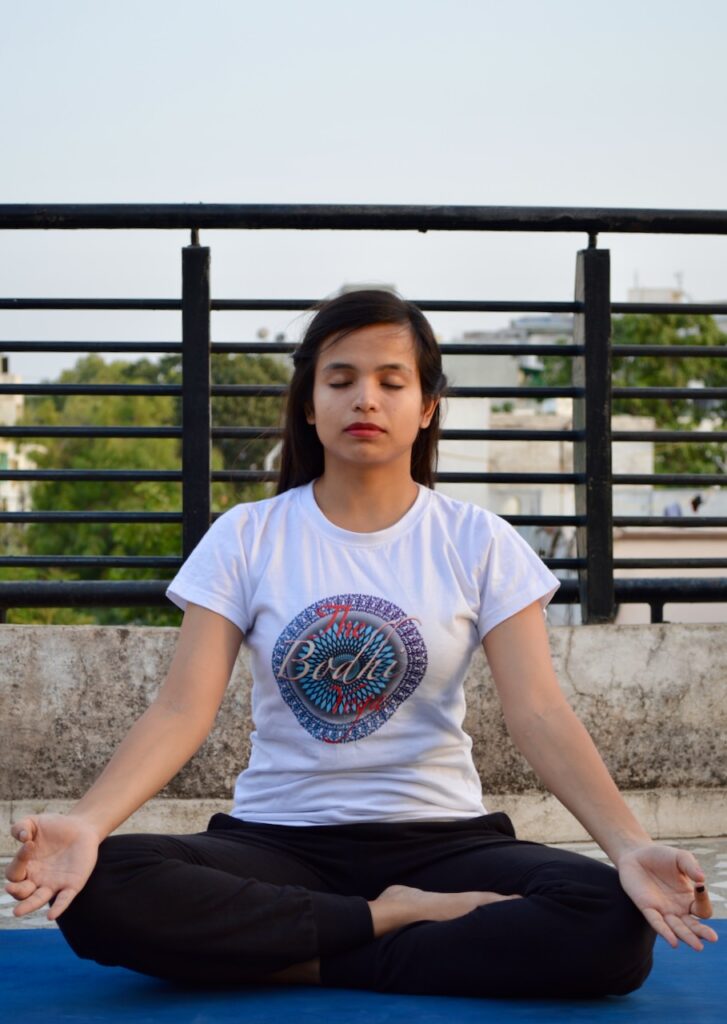A Brief History of Hatha Yoga
Hatha Yoga is one of the most ancient practices of yoga that has been passed down through generations in India. The origins of Hatha Yoga can be traced back to the ancient texts of the Upanishads, which discuss the practice of yoga as a means of attaining spiritual enlightenment. The word ‘Hatha’ comes from the Sanskrit words ‘Ha’ meaning ‘Sun’ and ‘Tha’ meaning ‘Moon’. It is believed that this name is used to describe the balance between opposing forces in the body such as strength and flexibility. Matsyendranath and Gorakhnath are both considered to be important figures in the history of Hatha Yoga. They are both credited with bringing Hatha Yoga to the mainstream and with establishing the basis for the modern practice of Hatha Yoga. The Hatha Yoga Pradipika, written in the 15th century, is one of the most important texts on Hatha yoga and provides detailed instructions on various asanas (postures) and pranayama (breathing techniques) that are still used in Hatha Yoga today.
A Brief History of Hatha Yoga Read More »


